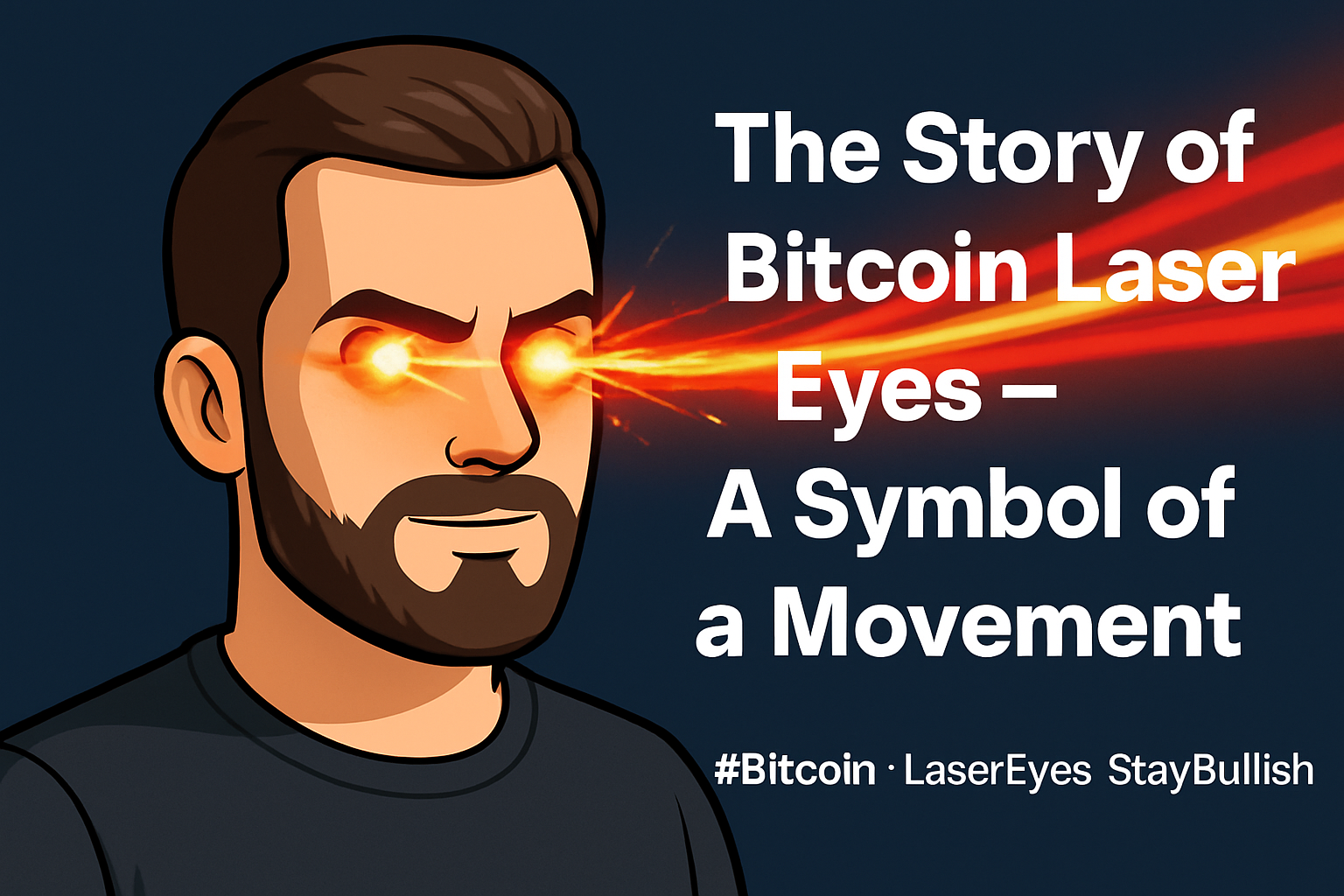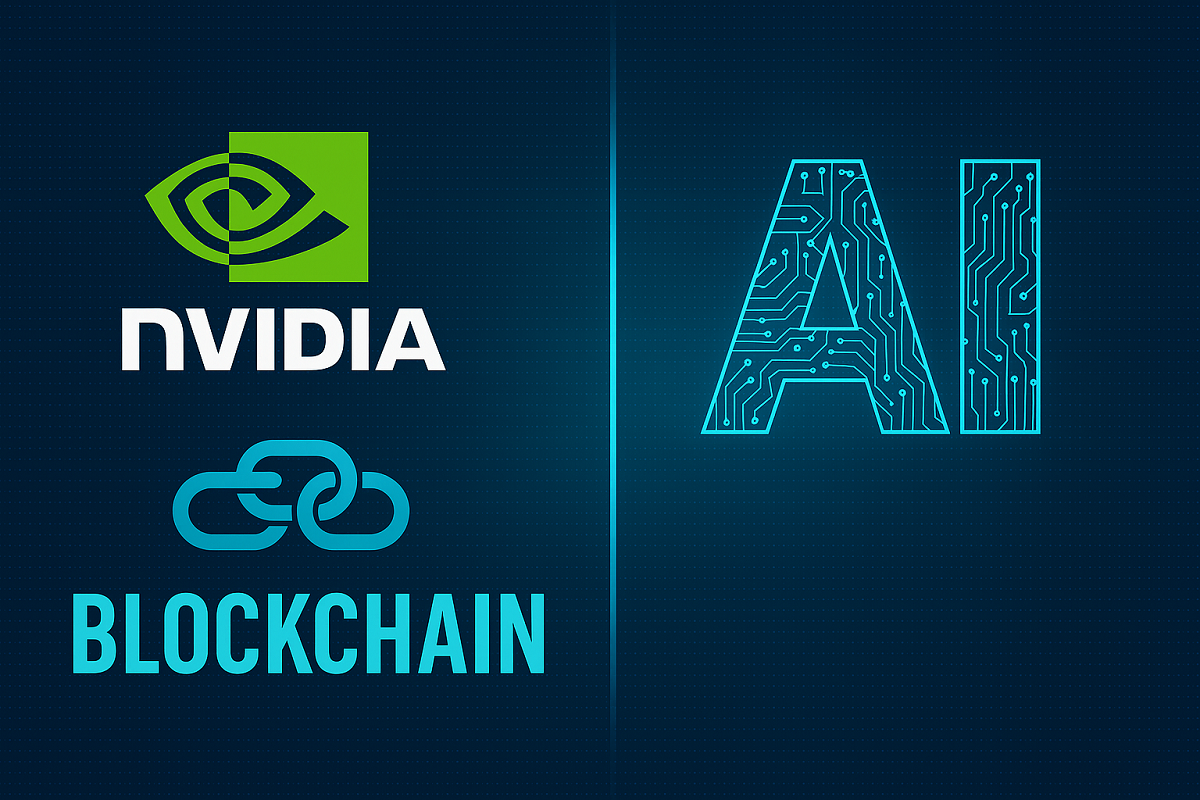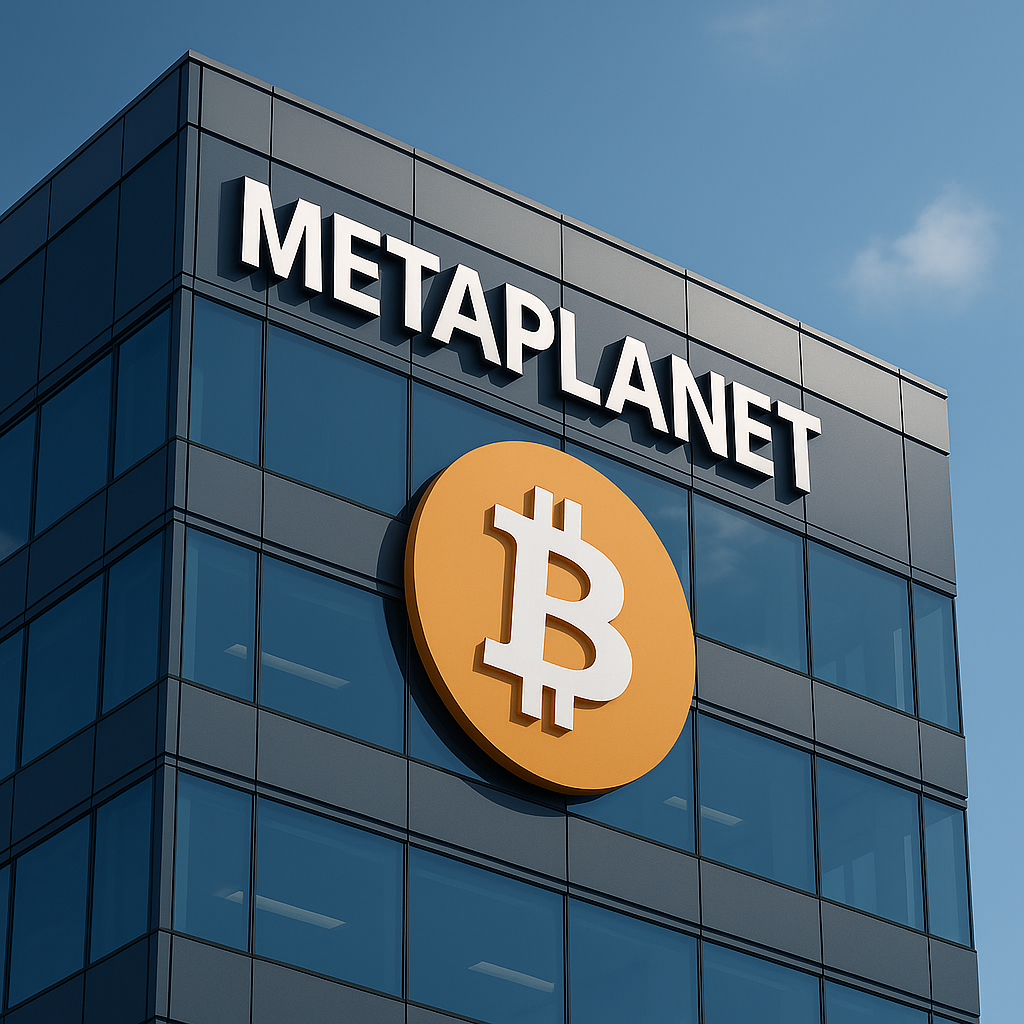If you’ve spent any time in the world of Bitcoin or the cryptocurrency community, you’ve likely come across them: the glowing Laser Eyes on profile pictures. What may seem like just another internet meme is, in fact, a powerful symbol of conviction, community, and a shared vision for the future.
But where did the Laser Eyes come from? And what do they really mean?
The Origins: A Challenge Becomes a Global Phenomenon
The story of Bitcoin Laser Eyes begins in early 2021. Inspired by the “Laser Eyes Until $100K” campaign, the Bitcoin community called on members to add Laser Eyes to their profile pictures as a public declaration:
“We believe Bitcoin will reach $100,000 – and we’ll stay strong until it does.”
The movement first took off on Twitter, the digital meeting place of the Bitcoin world, and spread rapidly. Within weeks, countless profile pictures were updated with the famous red, blue, or golden rays shining from their eyes.
Who started it?
- While the exact origin is unclear, many attribute it to early tweets by Bitcoin supporters like Dennis Porter and meme accounts such as Bitcoin Meme Hub.
- The community embraced the idea immediately, and it became much more than just a short-lived trend.
Prominent Supporters: Laser Eyes Go Mainstream
What truly made the Laser Eyes phenomenon unstoppable was the support from high-profile figures:
- Michael Saylor, CEO of MicroStrategy and a Bitcoin advocate, added Laser Eyes to his Twitter profile, becoming one of the most prominent faces of the movement.
- Elon Musk, CEO of Tesla and SpaceX, also played with the symbolism, liking and commenting on tweets that embraced the Laser Eyes phenomenon.
- Cynthia Lummis, a U.S. Senator from Wyoming, proudly displayed Laser Eyes in her profile, signaling political support for Bitcoin—a powerful endorsement at the highest levels.
- Other well-known figures like Anthony “Pomp” Pompliano, Jack Dorsey, and many more joined in.
The Meaning Behind the Eyes
Laser Eyes aren’t just a bet on Bitcoin’s price. They represent:
- Faith in the Future: Bitcoin as a new, free, and fair financial system.
- Solidarity: A visible sign of belonging to a global community.
- Unyielding Strength: HODL – holding on, no matter how volatile the markets get.
- Vision and Courage: Belief that decentralized systems will ultimately triumph over centralized institutions.
Many who wear Laser Eyes emphasize that it’s not about short-term gains – it’s about long-term change and transformation.
What Became of the Laser Eyes
Even though the original goal of getting Bitcoin to $100,000 wasn’t immediately achieved, the significance of the Laser Eyes remains.
They’ve evolved into a symbol of the movement—similar to flags or armbands worn by other social or political causes.
Today, Laser Eyes can be seen at conferences, in profile pictures, on merchandise, and even as tattoos.
They represent a belief that goes far beyond financial interests.
My Personal Opinion on Bitcoin Laser Eyes
For me personally, the Laser Eyes are more than just a visual statement.
They symbolize the energy, the belief, and the hope that unites us all.
Every time I see my profile picture with Laser Eyes, I feel a sense of pride – pride in being part of a movement that stands for freedom, innovation, and community.
Bitcoin is more than just an asset. It’s a promise for a better future. And the Laser Eyes remind me every day not to lose sight of that vision.
I wear my Laser Eyes with conviction – not because of a price point, but because I truly believe that, together, we are building something great.
Laser on. 🚀
For $100K. For freedom. For the future.
#Bitcoin #LaserEyes #StayBullish #Cryptocurrency #BitcoinMovement #BitcoinFuture




